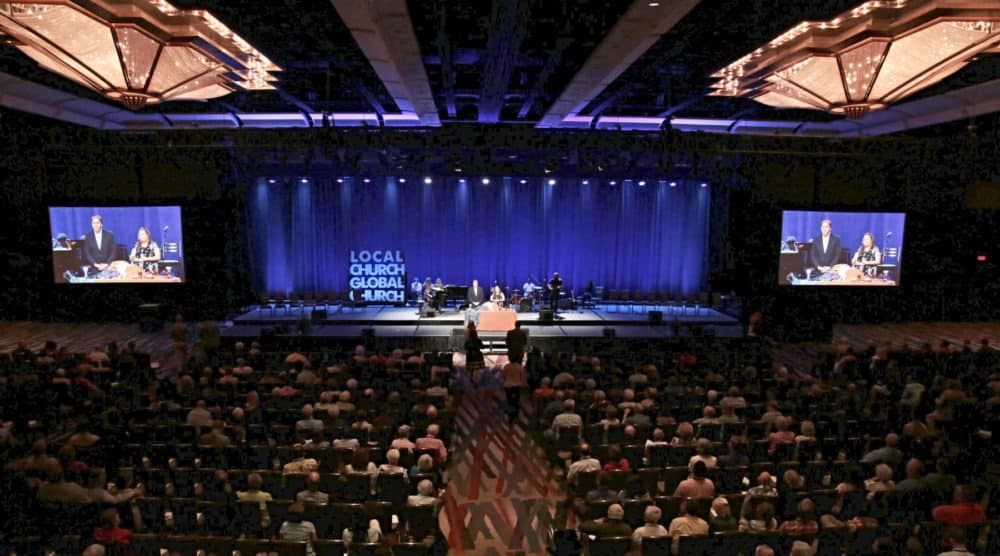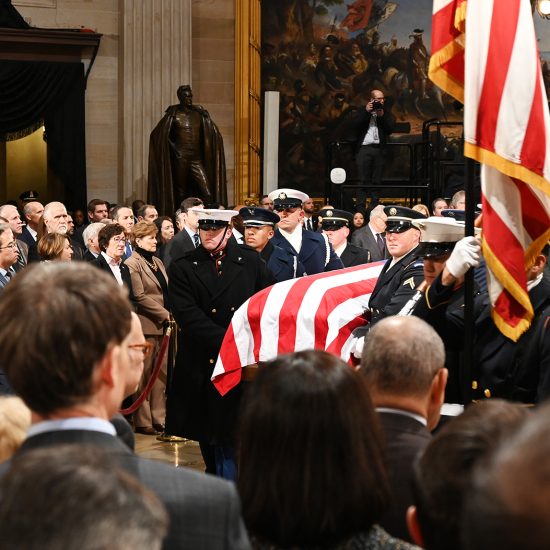The Cooperative Baptist Fellowship (CBF) faces a leadership transition in the coming months that offers an opportunity to be thoughtful and proactive about the future.
As it faces its fourth leadership era, the cultural and religious landscape has shifted dramatically from its founding 26 years ago.
 The Cooperative Baptist Fellowship held its general assembly in Dallas in June. (Photo: Cooperative Baptist Fellowship)How it responds to the unique challenges it faces over the next few years will determine whether it endures as a vital partner for ministry for years to come or gives way to other iterations that carry on the torch of moderate Baptist faith and practice.
The Cooperative Baptist Fellowship held its general assembly in Dallas in June. (Photo: Cooperative Baptist Fellowship)How it responds to the unique challenges it faces over the next few years will determine whether it endures as a vital partner for ministry for years to come or gives way to other iterations that carry on the torch of moderate Baptist faith and practice.
Whoever steps into the role of executive coordinator will find the organization facing many of the same headwinds and challenges as other denominational bodies.
The realities are sobering:
- Nearly every group similar to CBF is in the midst of a decades-long decline in both financial support from congregations and employee headcount.
As one executive in a similar organization put it to me privately, “My primary job is to manage decline with a positive spirit and creative mindset. It’s exhausting.”
- The base of ardent support for CBF is relatively small.
In most of the states that comprise the CBF world (New York, Maryland, Kentucky, Tennessee, Louisiana, Arkansas, Oklahoma, Mississippi, Alabama, South Carolina and Florida) the number of active CBF churches is less than 50, with many of those only marginally connected to the organization.
Only in Virginia, North Carolina, Georgia and Texas are there larger groups of churches, and each of those states has seen a significant decline in numbers over the last decade.
This general decline will probably accelerate in 2019 as the impact of the Illumination Project filters through church budgets and resulting gifts to CBF in the coming year.
- The congregations that make up CBF are themselves, like those that make up nearly every other denominational network, also in decline.
The loss of participants and donors due to death and defection is profound. Anxiety is high. The ensuing constriction of funds flowing upstream to denominational efforts has helped create the crisis that every like-minded group is now facing.
Congregations have asked CBF to do the impossible: “Provide us more services as we struggle, even though we send you fewer and fewer dollars.”
- A large-scale missions model based on career missionaries has proven too expensive and difficult to maintain, and yet many congregations name this as their primary motivation for support of CBF. Navigating this alignment challenge, while essential, is a difficult and thankless job.
- The lack of financial resources has meant that organizations and schools that once depended on CBF for financial support have been forced to fend for themselves. The resulting competition for donor dollars has created a competitive rather than collaborative culture.
Coupled with other trends, such as a declining enrollment base in all seminaries within the Association of Theological Schools, significant downsizing and consolidation looms for such schools and organizations.
The opportunities are real:
- Congregations are hungry for relevant and workable guidance related to being the church in the 21st century.
They long for innovative and creative help with evangelism, faith development, community engagement, missional metrics, leadership resources, discipleship formation and so on. An organization that speaks to these issues with practical clarity and relevance will be seen as an ally worthy of support.
- There are other groups that are vibrant and relevant to moderate churches emerging in congregational life within the U.S. Most are trans-denominational and operate very lean and highly efficient structures (Missio Alliance, Fresh Expressions and so on).
CBF might learn from them how to move from a denomination-like organization toward a mission-focused organization.
- CBF can play an important role in the lives of organizations and churches that must consolidate or plan for their thoughtful demise. Other mainline denominations have pioneered in this area and can be a helpful partner.
- The financial future of organizations like CBF depends on their ability to create a multifaceted funding model and attracting and retaining young talent and leadership. Recent creative efforts in these areas by CBF have been successful and have laid the hopeful foundation for this next season of life for the organization.
- CBF’s ability to redefine traditional missions can have widespread appeal to congregations seeking to make their own mission efforts more relevant than simply “turkeys, toys and trips.”
- Just as congregations must face a future that is generally smaller and more focused, so will savvy denominational bodies. Doing fewer things very well will become the path toward long-term viability.
- Demographic shifts in the U.S. invite CBF toward a future that is more diverse with regard to race and gender.
Can CBF build a network that is staffed and supported by an increasingly blended team of leaders? The progress in this area has been slow but deliberate and gives hope for what might come next.
CBF has a great heritage of gritty, innovative, relevant and determined leadership. Its future depends on being able to build on that healthy DNA with creativity and imagination.
Bill Wilson is president of the Center for Healthy Churches (CHC) housed at Belmont University in Nashville, Tennessee. This article originally appeared at EthicsDaily.com and is used with permission.






